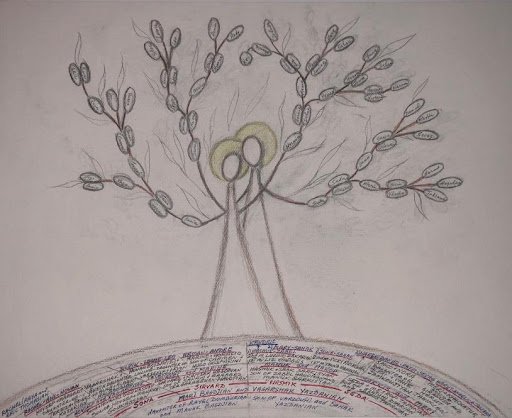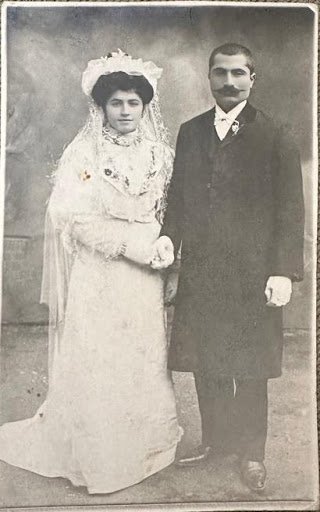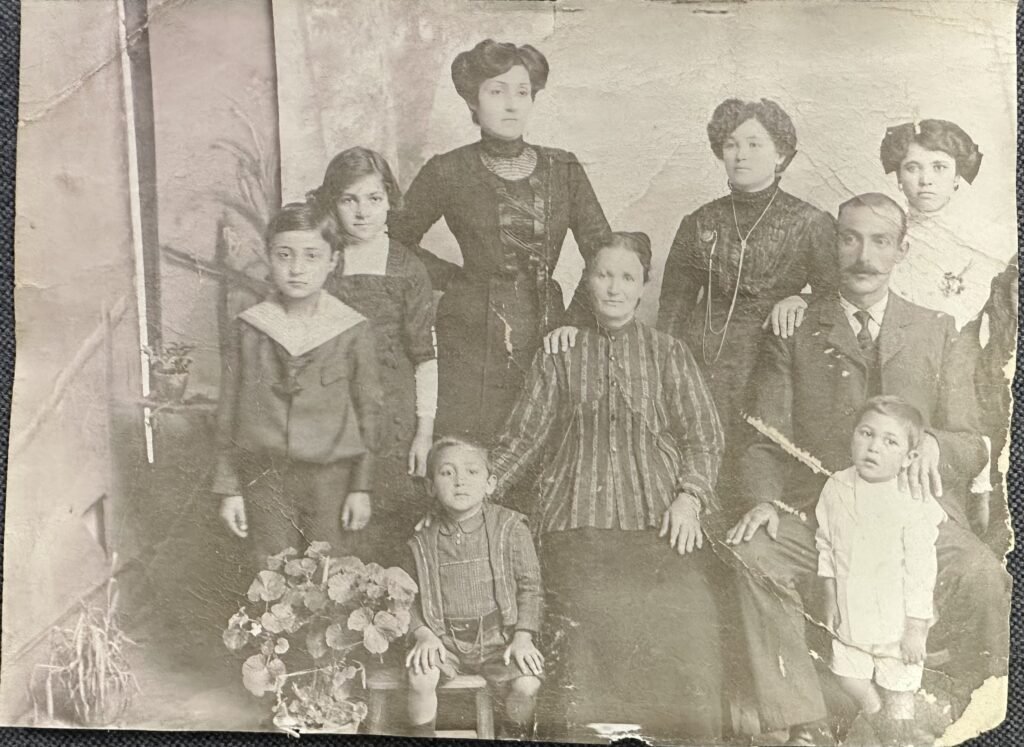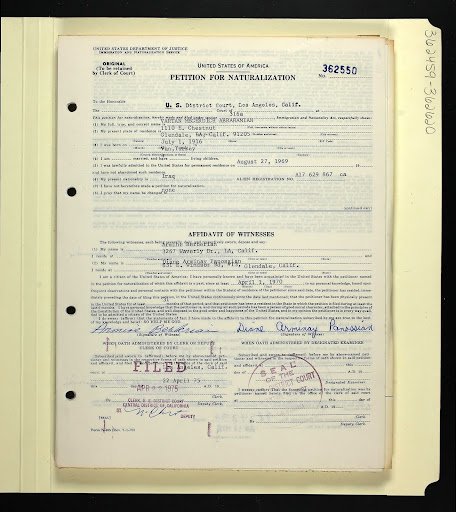Five years ago, while I was minoring in Armenian Studies at UCLA, one of my Armenian professors asked one of the simplest questions: “Where are you from?”
Most everybody, as I initially did, would answer by saying they are either Hayastantsi, Beirutsi, Halebtsi, etc. My answer at the time was, “I am half Hayastantsi and half Baghdadtsi,” since I was born in the United States, my father was born in Armenia and my mother’s parents were born in Iraq. My professor, dissatisfied with everyone’s answers, pushed us further and posed the following scenario: if someone were to offer all the land back that your family lost during the Armenian Genocide, would you even know where you are from? I was compelled to learn more about my family’s history, and ever since then, I have been striving to learn more.
I started asking my relatives, researching information online, found a family tree made by my late grandmother Seda Tapanian and hunted through old photo albums to learn more about my family’s history and begin to understand where I am from.

I learned that prior to the Armenian Genocide, my family was from a whole host of villages and cities throughout historic Armenia, including Adana, Afyon, Amasya, Bergama, Constantinople, Dortyol, Marash, Shabin-Karahisar and Van, as well as Plovdiv, Bulgaria. I learned and recorded the various dates of birth and death of my relatives, many of whom I never met. For example, Bernard Jabourian (1895-1978) was my mother’s great-grandfather; he was born in what is currently known as Dörtyol, Turkey, historically known as Chok Merzban. Sahag Yazdanian, my father’s great-grandfather, was born in what is currently known as Şebinkarahisar, Turkey.

With all of this information, I created a map that pinpointed my family’s native villages and cities. I was able to visualize exactly where everyone was from and attempt to understand my ancestors’ traumatic displacements from their homes due to the Armenian Genocide. After the Genocide, my family settled in various countries, such as Armenia, Egypt, Greece and Iraq.

I continue to learn stories about my relatives. Most recently, I found the wedding photo of my second great-grandparents (my mother’s grandfather’s parents), Kerop and Veronica Jamkoujyan, who were from Amasya, Turkey and did not survive the Armenian Genocide. Most of their family did not survive the Genocide either, except for two of their children who escaped to Baghdad—my great-grandfather Garabed Jamkoujyan (1900 – 1986), the youngest child, and Zabel Jamkoujyan, the eldest child. Garabed and Zabel’s four brothers were all targeted and murdered by the Ottoman government as they all were well educated, therefore seen as a threat, but my great-grandfather Garabed was not targeted because he was only a young teenager at the time. I learned that though one of their other brothers, Simon Jamkoujyan, was murdered by the Ottoman Empire, his widow, Siranoush Jamkoujyan, survived and ended up living in France.

Without any sort of DNA test, I also learned that I am 1/16th Bulgarian. My grandfather’s grandmother Anka Donikian was Bulgarian; I found a picture of her in an old photo album. One of these albums included a large picture of General Antranig. When I asked family members about it, my grandfather’s sister Veronica Baghdassarian told me that her maternal grandfather was a soldier for General Antranig; his name was Vartan Donikian. Donikian lived in Bolis (Constantinople) and later relocated to Bulgaria per a directive of the church, which learned that the Ottoman government would be targeting the group.
I learned that my paternal grandfather Mesrop Tapanian was born in Thessaloniki, Greece because Sarkis Tapanian (1912 – 1977), who was born in Bergama, Turkey, and Azatouhie Tapanian (1914 – 2008), who was born in Afyon, Turkey, survived the Armenian Genocide and went to live in Thessaloniki, Greece.
I learned more about my mother’s grandfather Vartan Abrahamian (1914 – 1987), who was born in Van, Western Armenia in 1914 right before the Ottoman Empire perpetrated the Armenian Genocide of 1915. Abrahamian was orphaned and ended up in Iran, until eventually immigrating to Baghdad, Iraq.

What started as a simple question asked by my professor at UCLA back in 2017 turned into a years-long journey of continuously learning about my family history. Even though it is much easier to state that I am “half Hayastantsi and half Baghdadtsi,” I’ve learned that it reduces my family’s history to something so simple, because it ignores so much. I can now produce a much more detailed answer to the question “where are you from?”
I am:
- 2/16 Adana-hye
- 2/16 Afyon-atsi
- 2/16 Amasya-hye
- 2/16 Bergama-tsi
- 1/16 Bolsa-hye
- 1/16 Bulgarian
- 1/16 Dortyol-tsi
- 1/16 Marash-tsi
- 2/16 Shabin-Karahisar-tsi
- 2/16 Van-etsi



This is an amazing piece put together by my son Raffi which stirs up so much emotions in me and makes me such a proud mom to see how proud he is of his being as an Armenian and has so much desire to dig beneath deep grounds to find out about his ancestors and where he really comes from.
Never forget, location (due to Genocidal displacement) is very different from ancestry! I hope you’ll test if you haven’t.
I am half Armenian and half Mexican. Ny paternal granparents were from the province of Kharpert, they arrive in Mexico on oct 9th 1924. In Mexico about 350 Arenians arrive around de 1920’s
Such an amazing work🙌🙌Bravo🌸
Bravo Raffi Tapanian for this extensive and articulate research of your family history.
Well done Raffi. I am in the process of writing my memoirs and like your ancestry, mine is equally complicated as a result of the genocide on my maternal side and from losing our home in Jerusalem in 1948 despite the family having been there for over 600 years. Best wishes. Ara Krikorian